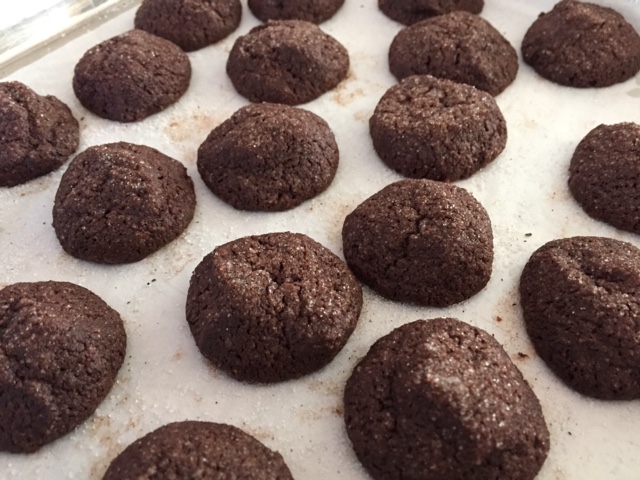Fresh asparagus, Fulton Farmers Market and pizza
/
The Fulton Farmer's Market is back in full swing for the season, and we've been drawn to the fresh asparagus for the past couple of weeks. So good and soooo springy!
Steve's favorite veg vendor is Visser Farms located in Zeeland. He usually scores the fruits of their labors throughout the market season, particularly potatoes (German butterball being one of his faves), carrots, broccoli, cauliflower and green beans (we LOVE fresh Michigan green beans in the summer!!).
Let's not forget that I do like to wander off into the savory baking realm every now and then, for life is not only about pastry, right? Pizza dough is one of those things I typically have stashed in the freezer for those days when pizza sounds like just the ticket.
First let me mention the dough. Back in 2006 when I was going to Apicius in Florence for my first semester of baking and pastry, Steve and I frequented an English bookstore there. At one of our visits we found a newly released book (I have no idea which one) by Jamie Oliver which was accompanied by a mini-book of sample recipes that was available for purchase. And purchase it we did.
His pizza dough recipe is one I've been using ever since, save for the occasional trial of a new recipe, just to see if I might want to make a change. I always seem to come back to his.
While I typically mix and knead by hand, lately I've taken to using my Kitchenaid stand mixer for the first part of the kneading and finishing it off by hand. LOVE the feel of dough.
Here's the recipe in a nutshell. To 650 ml tepid water add 14 g dry yeast (instant or active dry, either one) and 1 tablespoon sugar, mix with a fork and let sit for a few minutes. Meanwhile place 800 g bread flour and 200 g semolina in a mixing bowl along with 1 tablespoon fine sea salt; give it a quick whisk up with a fork.
Using the dough hook, turn on med-low speed and drizzle the wet ingredients into the dry. Here's where I make my own addition to Jamie's recipe of 2 tablespoon olive oil. Knead on med-low speed for about 4-5 minutes then turn the dough out onto a lightly floured surface and continue kneading for another few minutes to achieve a soft, springy dough.
Cover with cling film and let rest about 20-30 minutes at room temperature. I divide the dough into six 283 g (10 ounce) pieces, wrap them individually, pop 'em into a zip-top bag and freeze.
If using the dough immediately, roll it out on a lightly floured surface, place on your oiled sheet pan (or baking stone or baking steel or whatever you're using), top with your favorite pizza goodies and pop into a 500º oven.
Pizza is one of our favorite ways to use up fridge left overs like grilled chicken or pork (thinly sliced for pizza purposes) and chunked up roasted potatoes. We generally add in some fresh veggies like tomatoes and shaved broccoli followed by a topping of grated cheese.
This time - fresh asparagus. Yippee!
It was a simple matter of cutting the lovely green stalks into shorter pieces, peeling and slicing the stems in half and throwing them into the mix. No blanching ahead of time, just freshly cut and trimmed.
I've been using a good old 1/2 sheet pan for a long time - olive-oiled and dusted with semolina, then into a 500º oven for about 13-15 minutes. Et voila!
We top our hot out of the oven pizza with some lightly dressed shredded or chopped up greens, basically creating a pizza and salad in one.































